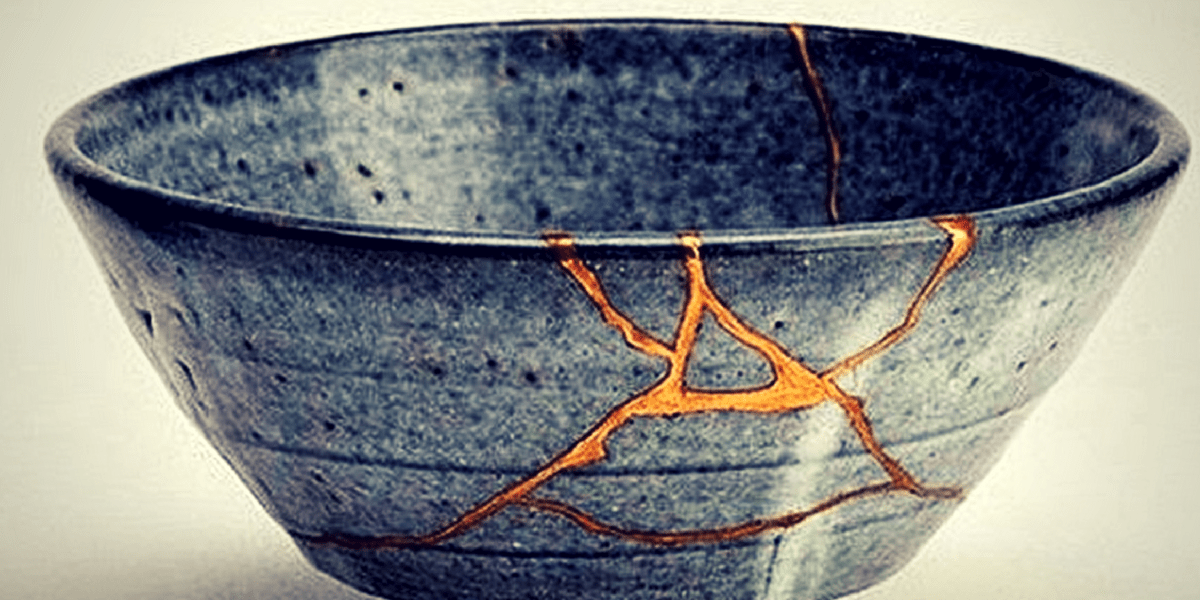2020 Year-End Cultural Thoughts
I have never been more disenfranchised from “American Christianity” than I have this year (though the previous 4 years leading up to this are not far behind.).
I have watched as many family and friends have given themselves over not only to blind allegiance to one political party, but to conspiracy theories and the dehumanization of those who disagree.
The religious tradition I grew up in (vanilla wanna-be mega-church influenced by Focus on the Family) often implicitly carried with it the notion that “to follow Jesus was to be Republican,” but that heresy has never been louder than 2020. People claiming to be “Christians” have not only supported the most divisive, vulgar, criminal, sexually immoral, irreligious president of our time (who tear-gassed a crowd of protesters so that he could take a picture with a bible in front of a church or re-tweeted one of his supporters shouting WHITE POWER at people protesting systemic racism) and have called in to question the very election they were counting on, all while claiming that being asked to wear a mask to protect their neighbors is an “infringement” of their rights.
This year has crystallized the heart-wrenching fact that many people cannot tell the difference between Americanism and Christianity, and if you question them, they will say you are neither. “Pastors” are claiming persecution when all they’ve been asked to do is the bare minimum to look out for others. (Read my piece “Love Your Neighbor, Wear A Mask (Americanism Is Not Christianity)”
Al Mohler has led other SBC seminary presidents in an ill-advised crusade against Critical Race Theory while allowing things like ESS (Eternal Subordination of the Son) to be taught in our seminaries. That, on top of a year when Mohler has refused to rename seminary buildings, he has been revealed to have supported chattel slavery, condemned Harriet Tubman, and admitted he has been influenced by the Lost Cause theory of the South. In his bid to become president of the Southern Baptist Convention, he has wholeheartedly given himself to the Republican Party without apology. (Read my piece “MLK, Trump, "White Moderates", Abortion, And Christian Witness In America”)
And all the while, we have seen the emboldenment of (White) Christian Nationalism erupt like Mount Vesuvius. The “Proud Boys” ripped BLM flags off of churches while the police stood by and anyone who believes in Systemic Racism is apparently a Marxist and hates America. (Read my piece “Nationalism is Anti-Christ” // from 2019).
And it’s hard to understand why so many “Evangelicals” continue to endorse this lying, conniving, sexual assaulting, conning, grifting president. The only answer can be that many American Christians have felt their position of cultural influence slipping away. Why else would you be mad if the grocery cashier doesn’t say “Merry Christmas” or if there are nativity scenes on public property? But these are the very things “pastors” like Robert Jeffress (whose church trademarked the “hymn” Make America Great Again) claim to be persecution. (Read my piece “The False Persecution Complex of American White Evangelicals” and yes, this one was technically from 2019).
I don’t know what 2021 will hold, but I don’t see the waters of Evangelicalism calming any time soon. And this makes me thankful and hopeful. God’s Church will prevail and not even Christian Nationalism, MAGA, or a sexual-predator, White-power president overwhelmingly supported by White Evangelicals will change that.


